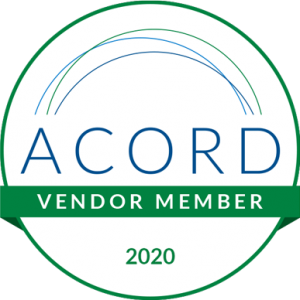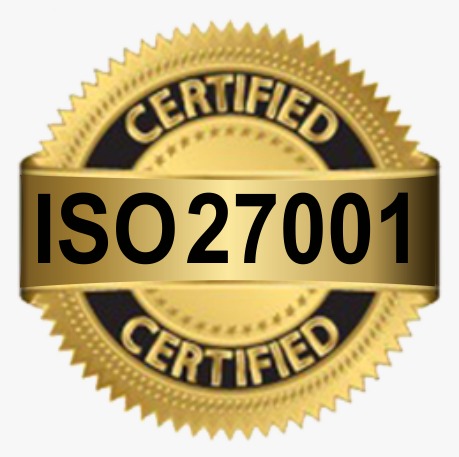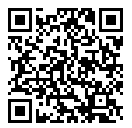What is inland marine insurance?
Inland marine insurance is a type of insurance that covers portable property. It covers the particulars that are temporarily stored in a position, portable goods, and equipment. It provides specialized content for portable property that is not defended by standard property insurance. As the goods started to be transported over land, the inland marine was introduced to cover the goods during conveyance on exchanges, buses, trains, motorcars, etc.
Purpose of inland marine insurance:
The primary purpose of inland marine insurance is to cover gaps, such as property in conveyance and property off demense, that are not generally covered in standard policies, including homeowners and commercial insurance policies. Standard policies typically cover only specific locations or fixed locations, but inland marine insurance also covers portable items.
Difference between the personal lines and commercial lines:
a) Personal lines:
In personal lines, inland marine insurance is used to cover high-value personal property that is frequently transported or used outside the home. It is generally bought as a separate floater policy or as an endorsement to a homeowner’s policy. People who enjoy valuable things that may not be fully covered by their standard homeowners policy need it.
What it covers:
Scheduled Personal Property: This is the most common use. It covers specific, high-value things like fine art, relics, jewelry, musical instruments, camera equipment, or sports gear.
Example: A musician’s expensive guitar is covered if it’s damaged or stolen while being transported to a musical hall. A diamond ring is covered while a person is on holiday.
b) Commercial Lines:
In commercial lines, Inland Marine insurance is a broad category of coverage designed to cover a business’s mobile assets and property in conveyance or at a job site. Businesses that frequently transport goods, have equipment that moves between locations, or are responsible for property held by others need it.
What it covers:
- Motor Truck Cargo: Covers goods while being transported by truck or other land-based vehicles.
- Contractors’ Equipment: Covers tools, machinery, and equipment used by contractors that are frequently moved between job sites.
- Installation Floater: Covers building materials and equipment from the moment they are loaded onto a vehicle until they reach a job site.
- Builder’s Risk: Covers buildings and materials that are still under construction.
- Bailee’s Customer Coverage: Protects a business from loss to a customer’s property that is temporarily in the business’s care, e.g., clothing at a dry cleaner.
1. AL3 LOB CODE:-
- The LOB code of Personal Inland Marine is INMRP.
- The LOB code of commercial inland marine is INMRC.
2. Key groups:
- personal inland marine: key groups are 5PPS(scheduled personal property), 6CVH(coverage history),
- commercial inland marine: key groups are 6IMA(inland marine), 6CCC(contractors combined coverage), 6EXI(exhibition floater), 6IMB(installation/builders risk), etc.
3. Structure:
- Personal inland marine: the hierarchy is relatively linear and branches out to a few specific groups.
- Commercial inland marine: the hierarchy is an extensive tree with many branches and sub-groups.
4. Purpose:
- Personal inland marine: the entire structure is built to handle the simple task of associating an item (e.g., a diamond ring or a camera) with its appraised value, location, and coverage details.
- Commercial inland marine: The purpose of the groups is to capture highly specific and technical data for business risks that require unique coverages, like tools at a job site or goods being transported via a specific type of vehicle.







Leave A Comment